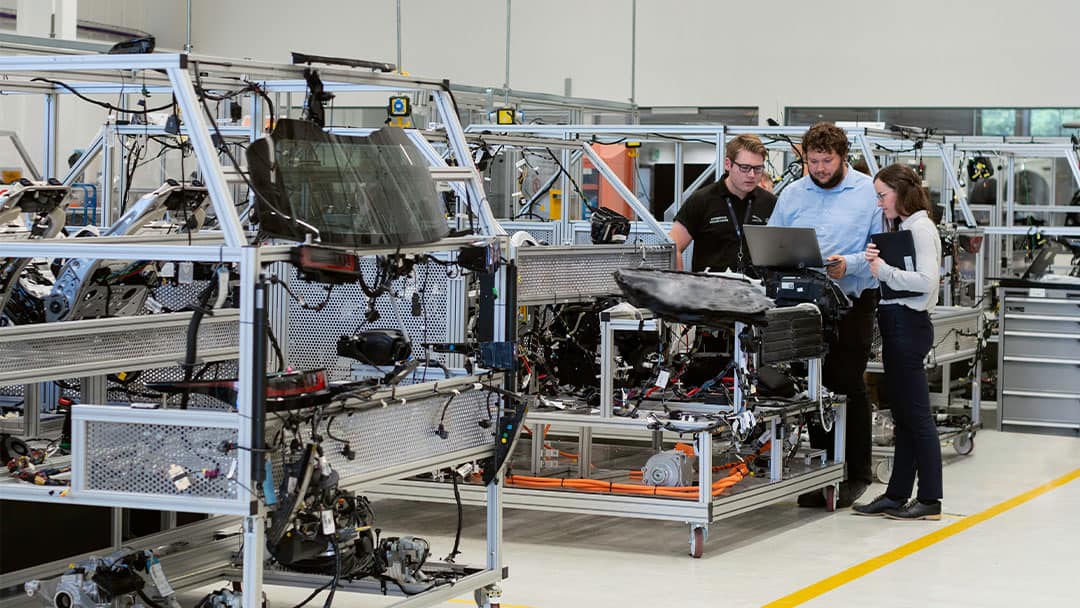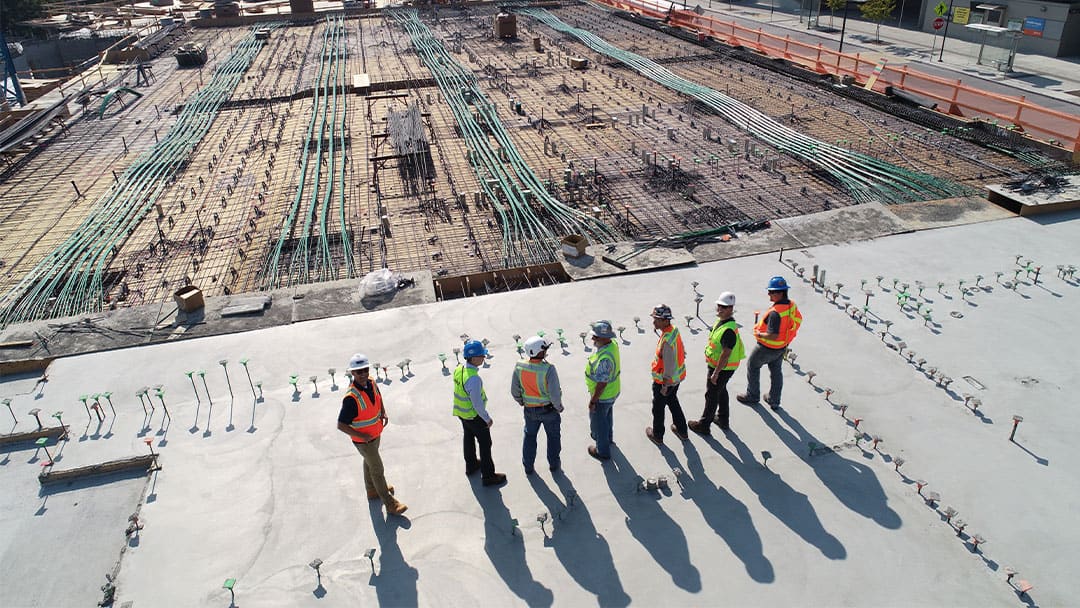Let's maximize your return on research & development.
We’ve helped 100’s of businesses get R&D tax credit refunds. Getting started is simple, just enter your email below. We will send you additional information and deliver a free tax credit estimate.
- Free Consultation
- Quick Setup
- Rapid Results
Trusted for R&D tax credit consulting by over 100+ amazing organizations.
















Our happy clients!








Why choose Parachor for R&D tax credit consulting?
At Parachor Consulting, we employ a team of CPAs, attorneys, engineers, and statisticians to provide unparalleled specialty tax services. Our custom tailored process to each individual business is targeted towards delivering the maximum tax benefit legally possible.
- Maximize your benefit
- Reduce audit risk
- Free audit defense
- Straightforward process

We make the R&D tax credit simple.

Uche & Chris here...
We take our 15+ combined years of experience in tax consulting services to the table with each and every client. Working for large consulting firms helped us learn the best processes, but also showed us there’s often a lot left on the table when it comes to tax credits. We bring large firm experience and give you the small firm care and service you deserve. We work with our clients directly, ensuring that stat sampling projects is faster, substantiation is better, and your risk of audit is lower.
Working with Parachor
- Audit Defense
- Quick & Easy Processes
- Work 1 on 1 With the Owners
- Comprehensive Documentation
- We are Passionate About Our Clients
Other tax consulting services
- Audit “Support”
- Complicated & Time Consuming
- Outsourced Services
- Little to No Documentation
- You're Just a Number
Client case studies
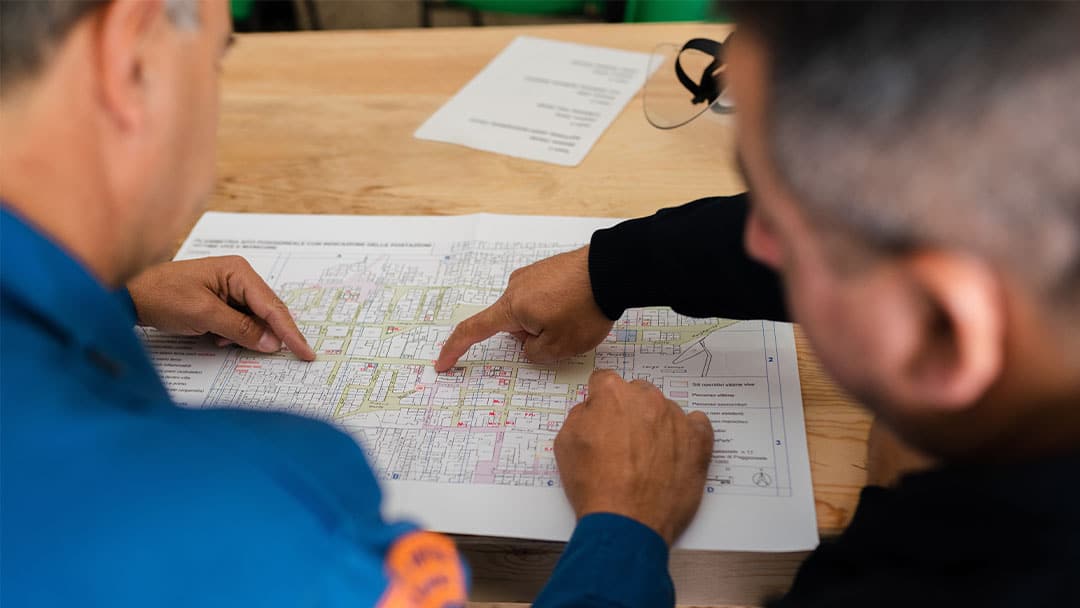
Location: California
Employees: 28
Entity Type: S-Corp
Activities:
Developing unique energy efficient features, performing structural engineering for projects with complex topography, and performing civil engineering modeling to create drainage plans.
Revenue: $ 2,300,000.00
Refund Amount: $ 280,000.00
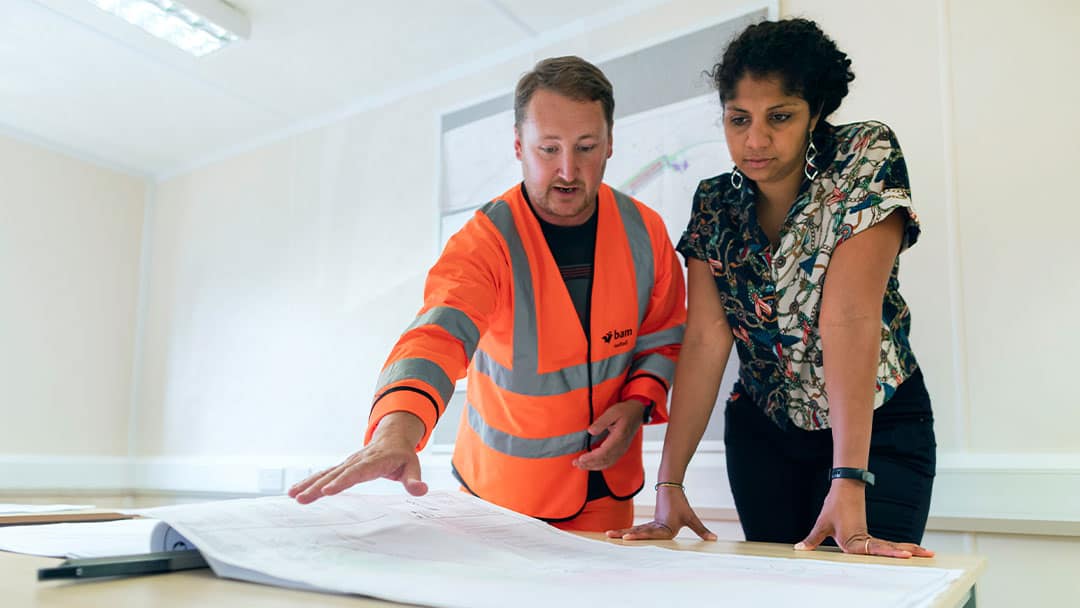
Location: Wisconsin
Employees: 19
Entity Type: S-Corp
Activities:
Performing drainage studies to remove stormwater from project sites, designing and developing of mid-size housing subdivisions, and engineering modeling of environmental impacts of housing developments.
Revenue: $ 2,000,000.00
Refund Amount: $ 40,000.00
Our simple R&D tax credit process
1. Value Identification
Let's get started! Parachor will conduct an assessment of your company activities and finances. Once complete, Parachor will deliver a no-obligation estimate of the tax benefit.
2. Benefit Delivery
Time to get technical. Parachor will gather and analyze additional information relating to the qualified work. Parachor will calculate the specific benefit amount, and conduct a thorough financial and legal review before delivering your numbers.
3. Substantiation Report
How did we do it? Parachor will draft a comprehensive report following IRS directives to substantiate the work completed to calculate the benefit.
R&D tax credit FAQs
The four-part test as outlined in the Internal Revenue Code is used to determine qualified R&D activity.
The Four-Part Test
1). New Or Improved Business Component
Creation of a new product, process, formula, invention, software, or technique; or improving the performance, functionality, quality, or reliability of existing business component.
- Construction of new buildings or renovation of existing buildings
- Invention of a software application
- Manufacturing of a new product or the improvement of the production process for an existing product
- Creation of design documentation
2). Technological In Nature
The activity fundamentally relies on principles of the physical or biological sciences, engineering, or computer science. A taxpayer does not need to obtain information that exceeds, expands or refines the common knowledge of skilled professionals in a particular field.
- Physics (relationship between mass, density and volume; loading as the
result of gravitational attraction) - Engineering (mechanical, electrical, civil, chemical)
- Computer science (theory of computation and design of computational systems)
3). Elimination Of Uncertainty
Uncertainty exists if the information available to the taxpayer does not establish the capability or method for developing or improving the business component, or the appropriate design of the business component.
- The capability of a manufacturer to create a part within the specified tolerances
- The appropriate method of overcoming unsuitable soil conditions during construction
- The appropriate software design to meet quality and volatility requirements
4). Process Of Experimentation
A process designed to evaluate one or more alternatives to achieve a result where the capability or method of achieving that result, or the appropriate design of that result, is uncertain as of the beginning of the taxpayer’s research activities.
- Systematic process of trial and error
- Evaluating alternative means and methods
- Computer modeling or simulation Prototyping Testing
The R&D tax credit is one of the most misunderstood tax incentives available. Considering the myriad of industries and activities that legally qualify for the credit, the term “research and development” is a misnomer. Additionally, the R&D tax credit requires specialized knowledge and technology to identify and calculate the incentive properly.
Companies of various industries are unaware that they are eligible to claim the R&D tax credit. Under the Internal Revenue Code’s definition of R&D, many common activities qualify. Our specialists have successfully identified and delivered tax benefits for clients in industries including architecture, engineering, construction, manufacturing, and technology. Additionally, the following industries also qualify for the R&D tax credit:
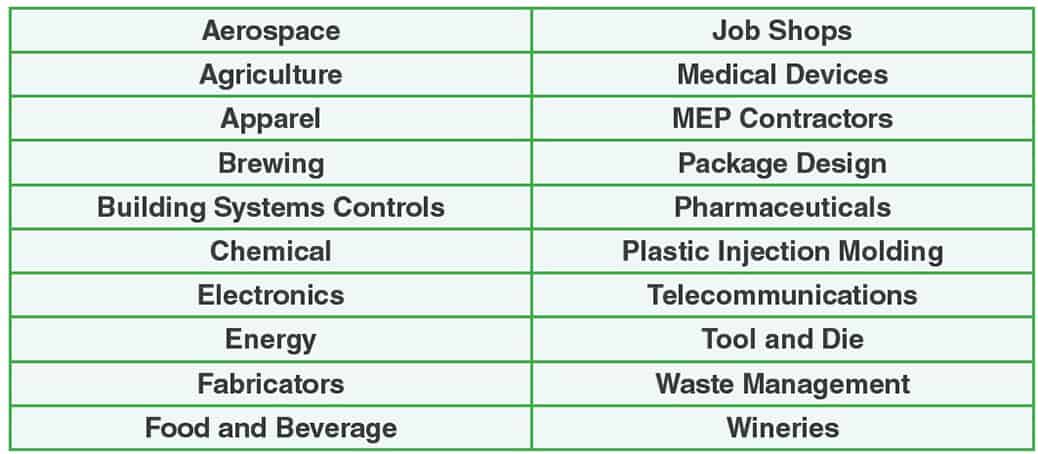
Partnerships and S corporations must file this form to claim the credit. The credit will flow from the Form 6765, to the Schedule K-1, to the Form 3800 on the individual’s tax return. For individuals receiving this credit that have ownership interest in a partnership or S corporation, Form 6765 is not required on the individual return.
Individuals claiming this credit can report the credit directly on Form 3800, General Business Credit if their only source for the credit is a partnership, S corporation, estate, or trust. Otherwise, Form 6765 must be filed with the individual’s tax return (e.g. sole proprietorship).
For tax years prior to 2016, the credit can be used to reduce the taxpayer’s regular tax liability down to the tentative minimum tax. The credit cannot be used to offset alternative minimum tax. Beginning in tax year 2016, eligible small businesses have expanded utilization for the credit. For these eligible small businesses, the regular tax liability can offset alternative minimum tax using the “25/25” rule.

